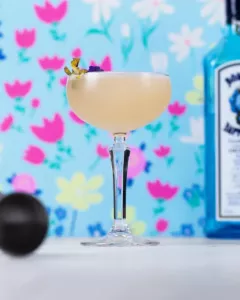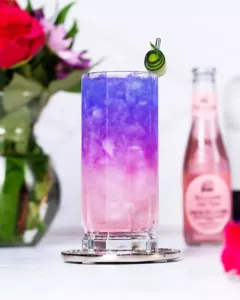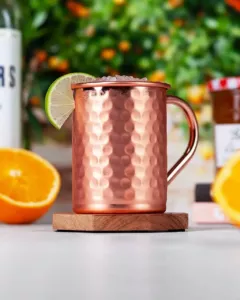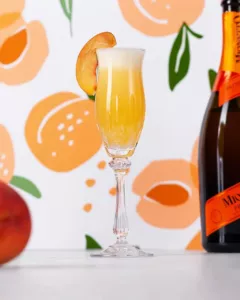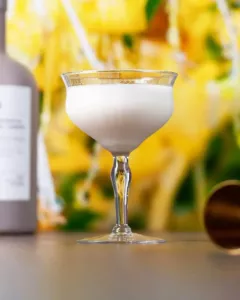Disclosure: This is an honest review written based on my experience using this book to make cocktails. Although I was not compensated to write this review, this post contains affiliate links. See my disclosure policy here.
About The Book
This post contains affiliate links, meaning we make a small commission each time you purchase a product using our links. Product images sourced from Amazon Product Advertising API. Amazon affiliate links last updated on 2025-07-05.
The Art of Vintage Cocktails, written by Stephanie Rosenbaum and illustrated by Danielle Kroll, is a 115-page recipe book filled with about fifty classic cocktails from different eras. Unlike most modern recipe books, each of its recipes calls for the vintage proportions that were most likely used during the time periods in which they were invented. In the author’s words, she chose this approach to “take you back to a more stylish era, when gentlemen wore hats, ladies wore Arpège, and it was always five o’clock somewhere.”
The recipes included in this book are divided into categories by time period—the Gilded Age, Roaring Twenties and Prohibition, and Post-Prohibition to Mid-Century Modern—so you get to taste a wide variety of drinks from last century.
Features:
• Fifty classic cocktail recipes with ingredient lists, methods, and brief descriptions of or stories about each cocktail
• Artistic illustrations inspired by each cocktail recipe
• Descriptions of the era-inspired categories of cocktails
• An introduction from the author
• A list of recommended equipment and ingredients with descriptions of each
• An illustrated glassware guide
• A table of contents that includes each cocktail’s name listed alphabetically under the three era categories
• An index with cocktail names and ingredients for easy navigating
Pros
Here’s what I liked about this cocktail recipe book:
I could find essentially all of the ingredients in store.
The majority of the ingredients used in this book’s recipes are common and available at most liquor stores, which is not the case for many of the other cocktail recipe books I own. That means, throughout your tastings using this book, you won’t have to buy obscure ingredients that will end up collecting dust on a shelf after only using them once or twice.
Mostly classic cocktail recipes are included.
Fun Fact: This is the first book through which I started tasting cocktails for my blog, and I’m glad that was the case because it exposed me to lots of classics I hadn’t tried before diving into more complicated modern recipes. This book also gave me a good base for the tastes of each spirit, which was helpful because I pretty much exclusively drank vodka and tequila cocktails up until 2020.
Most of the recipes are easy to drink.
The majority of the cocktail recipes included in this book are palatable, basic, and inoffensive. That’s great news for those with more undeveloped palates like me who typically steer away from more bitter cocktails.
Historical descriptions are included.
Most of the recipes included short descriptions of the cocktail’s origin, stories about why the name was selected, or fun facts about ingredients. I enjoyed learning about each cocktail’s background and found this to be especially helpful when playing cocktail trivia games.
Illustrations are weaved throughout the recipes.
I liked the colorful, creative illustrations included in this book, especially because they were done by one of my favorite illustrators Danielle Kroll. Thanks to my creative background, I have a habit of buying books in all genres just because they’re beautifully designed; that was originally why I purchased this one several years ago.
The recipes are well-organized.
The recipes are organized alphabetically and by era, so they were all very easy to find again when I wanted to reference them. There’s also a handy index at the back to help you find specific ingredients and the cocktails that use them.
Cons
Here’s what I didn’t like as much about this cocktail recipe book:
The proportions of the ingredients aren’t modernized.
My biggest qualm with this book was the vintage proportions used in some recipes. I knew going into tasting these cocktails that they were supposed to use the vintage ratios, so I often tried the book’s version but would want to change the ratios to the modern version the second time around because the modern ones made the drink more palatable. That meant I ended up making drinks I didn’t really love to begin with a couple of times, but again, trying the vintage recipes is the point of this book, so I appreciated the chance to do so at least once.
There’s no photography.
The only downside of a book that uses illustrations instead of photography like this one is it makes it hard to know if your cocktail looks correct. I often found myself googling the drink before I photographed it to ensure it turned out correct.
The ingredients listed for the Vesper Martini weren’t accurate.
I wasn’t sure why, but the recipe listed for the Vesper Martini was not the same as the one Ian Fleming included in this book. My partner at the time was a huge James Bond fan, so he insisted we use the correct proportions when making it.
Who Should Buy This Book
This post contains affiliate links, meaning we make a small commission each time you purchase a product using our links. Product images sourced from Amazon Product Advertising API. Amazon affiliate links last updated on 2025-07-05.
In my opinion, The Art of Vintage Cocktails by Stephanie Rosenbaum is best for readers who:
• Don’t frequently make cocktails and know very little about their ingredients
• Are interested in trying the original proportions used in vintage cocktail recipes
• Want to learn more about the origins of classic cocktail recipes and the different eras
• Would like a lovely new cocktail book for their coffee table
This book is a wonderfully curated and informative collection of classic cocktail recipes that features beautiful illustrations and neat historical facts, but if you have a fairly developed palate, you shouldn’t buy it expecting to try new drinks. When I first picked up a copy, I knew very little about cocktails and had a more underdeveloped palate so I really loved this book. My partner, on the other hand, had been making fairly complicated cocktail recipes for years and has a more developed palate, so he felt more lukewarm about it than I did.
Cocktails From This Book
These are the recipes I liked most from this cocktail book:

Mai Tai: A rum cocktail made with orange curaçao, lime juice, orgeat syrup, a mint sprig, and an orchid
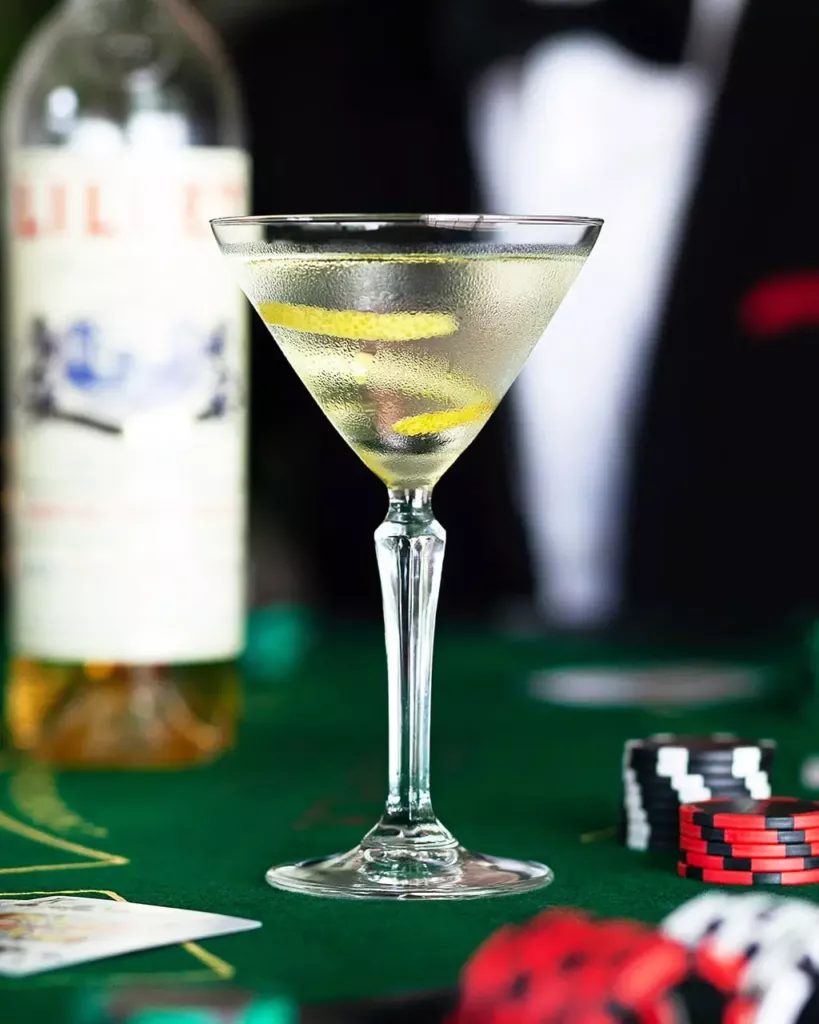
Vesper Martini: A gin and vodka cocktail made with Lillet Blanc and a lemon twist

Paloma: A tequila cocktail made with grapefruit juice, lime juice, grapefruit soda, salt, and a lime wheel

Mint Julep: A whiskey cocktail made with simple syrup, mint leaves, and a mint sprig




